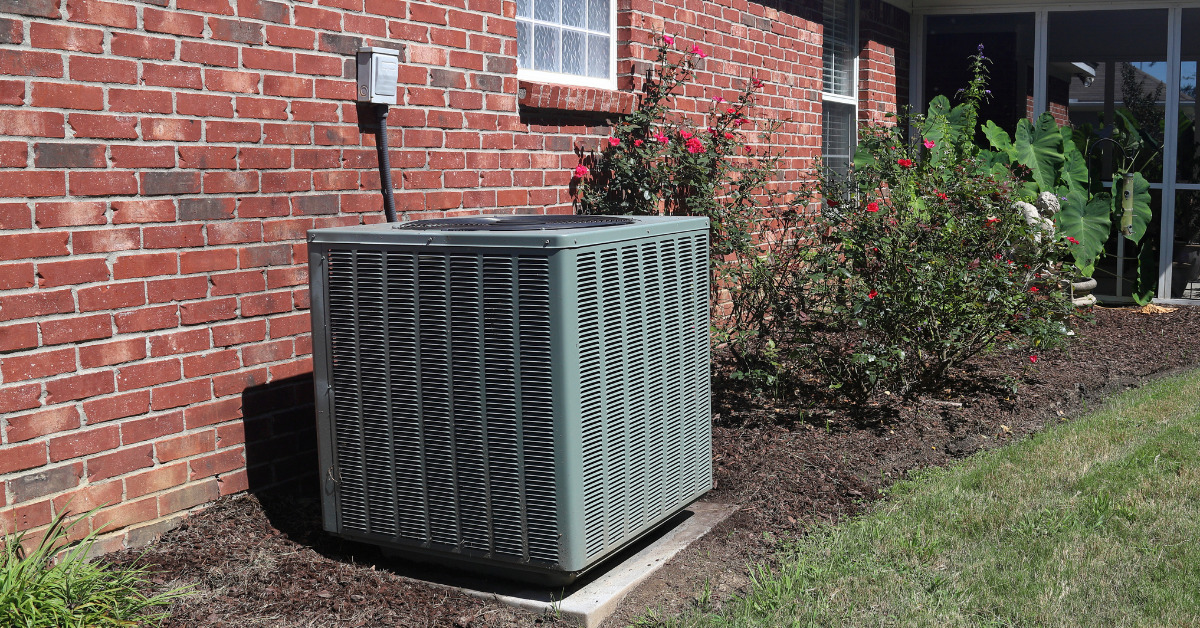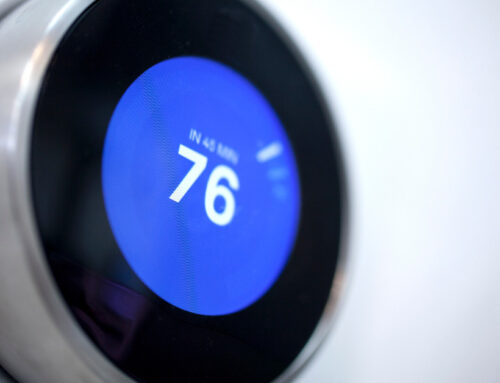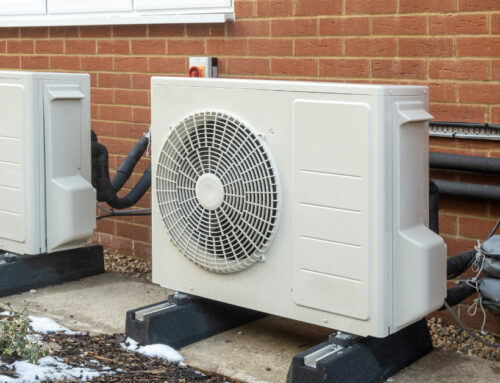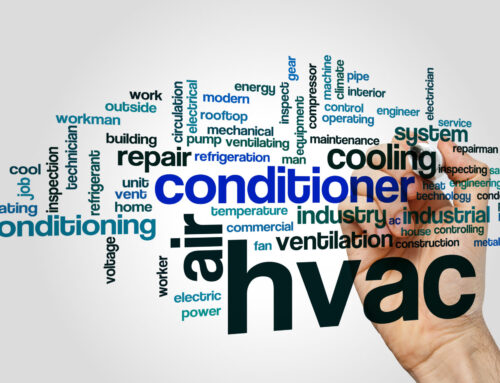It’s been a long, hot summer. As happens during any extended hot or cold streak, we get calls from people concerned that their system is taking too long to make their home comfortable. Sometimes, the cause is that the system isn’t operating correctly, and it needs professional attention. But it’s also possible that the reason is that the structure of your home is overheated (during the summer months), amplifying the problem.
Here are some ideas that can help. We’ll focus on summer for this note, but the same situation exists, in reverse, in winter.
Your House is a Heat Trap
You’re not dealing with just the indoor air temperature. On sunny summer days, your home’s structure absorbs a massive amount of heat. This heat works its way through your home’s structure and radiates into your interior space, heating it even more than the outdoor air temperature does. When you return home at the end of the day and your home has gotten too hot, you must cool both the indoor air and the structure: the walls, windows, ceilings, and even your furniture.
The radiated heat effect lags behind the outdoor temperature. Even though it’s usually hottest outside around 2:00 or 3:00 in the afternoon, the heat takes time to move through your home’s structure, and your system works harder later, typically working hardest around 5:00 to 7:00 in the evening.
The most effective way to overcome this situation is to avoid letting it get too hot inside to begin with. While this will use a little more power while you’re not home, it will lessen the amount of power you need once you get home when electrical demand is highest.
Additionally, the hotter it is outside, the harder your cooling system works to provide comfort. Keeping the indoor temperature from running away while it’s not so hot outside likely costs less than trying to lower it while it’s hotter outside.
If you’re concerned about the amount of electricity you are using, you can raise the temperature you set on your thermostat by a couple of degrees. Having a properly maintained and tuned system will also help, especially during extreme conditions.
Keeping your home near your desired temperature throughout a hot summer day will minimize the energy used and the impact made on your cooling system. The same goes for winter and combating cooler temperatures with your heating system. Keep these tips in mind next time a heat wave or cold front comes through to maximize your home comfort, energy, and system efficiency.
In our next column, we’ll discuss programmable thermostats and why they might be right for you.






